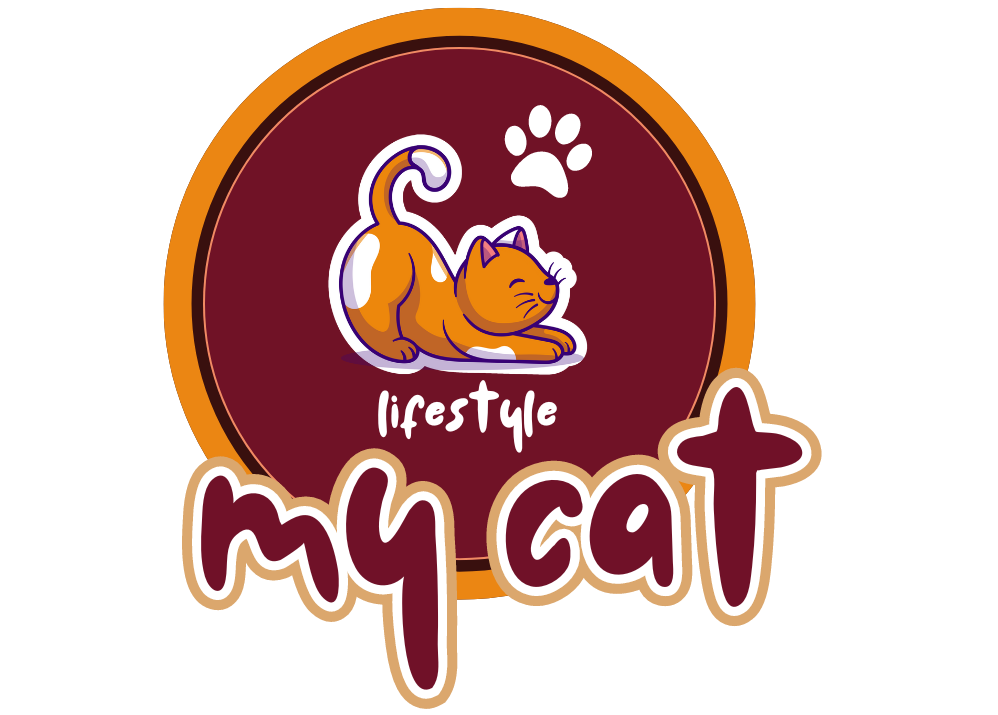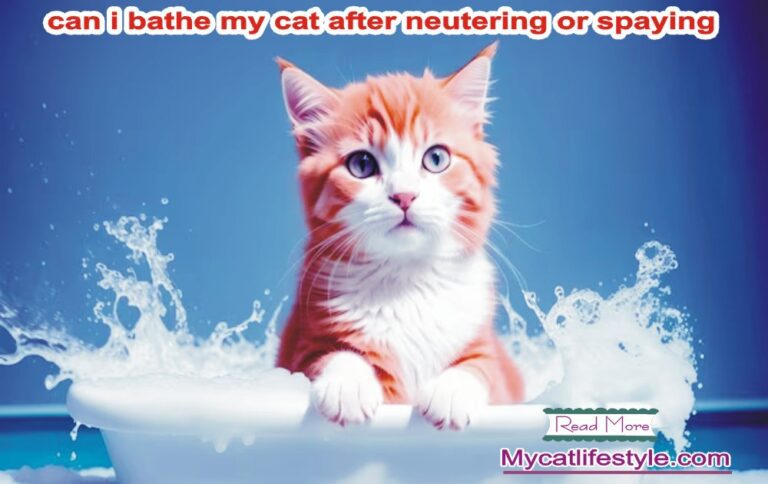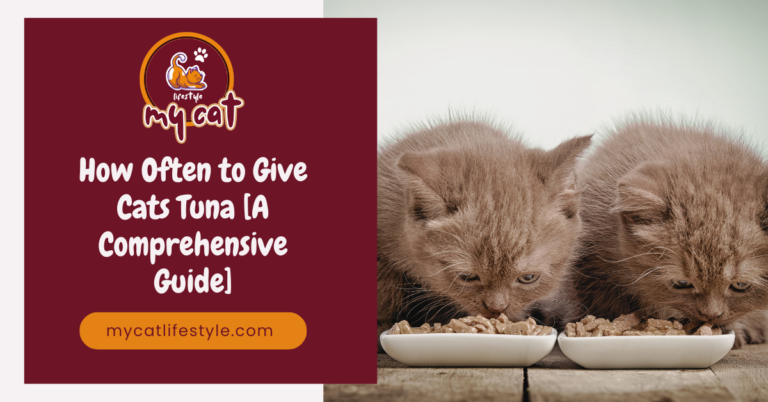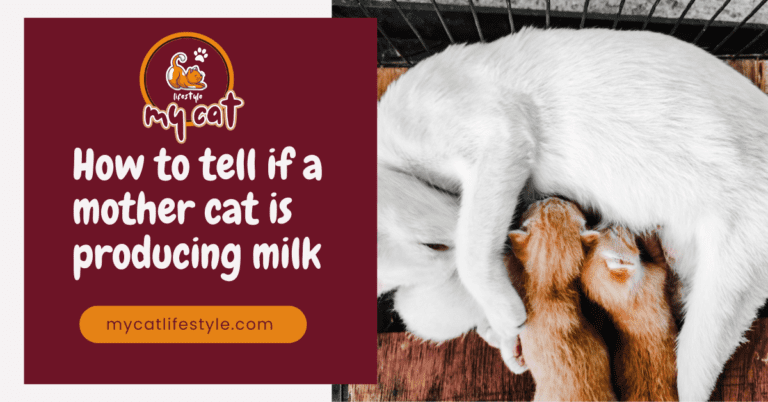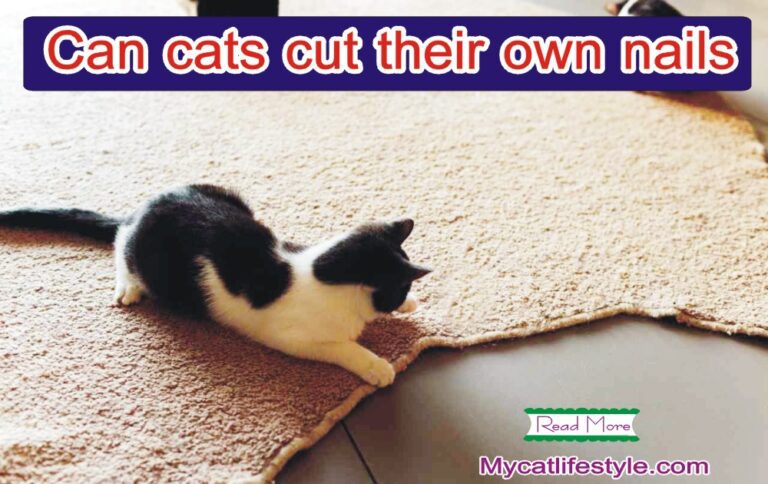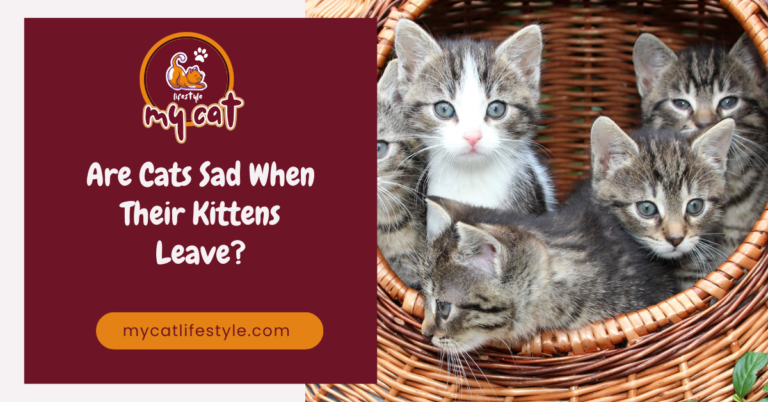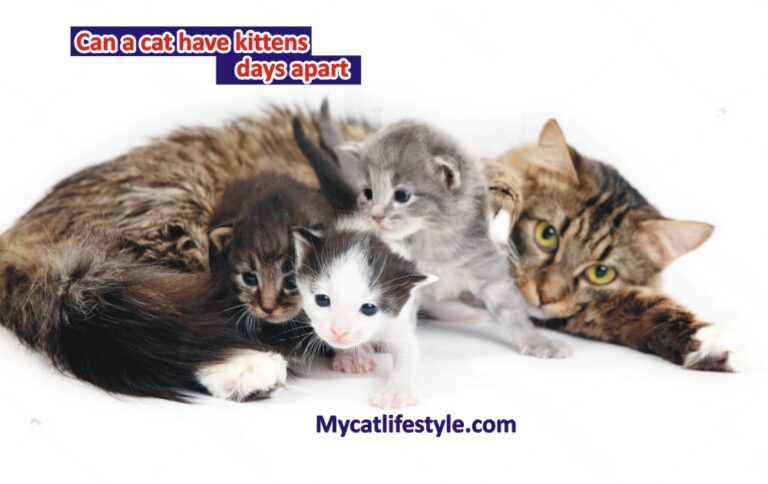Do cats prefer their food warm or cold? Unraveling Feline Taste!
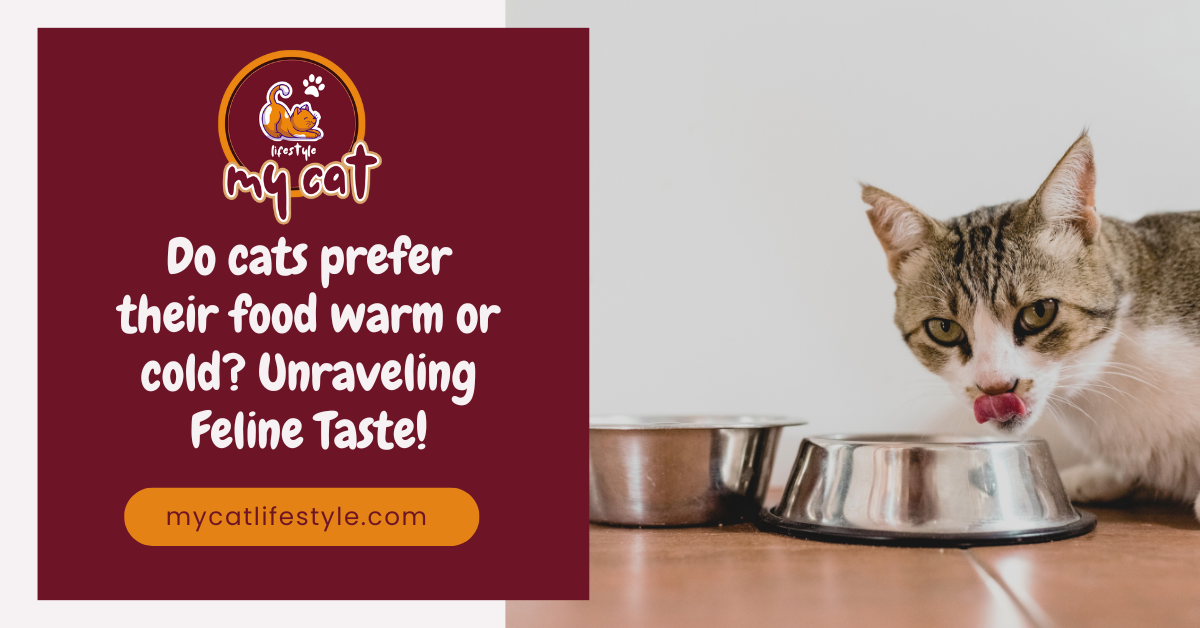
Discover Kitty’s Taste Hot or Cold? Ever wondered if your cat likes their food warm or cold? Let’s explore! Find out what really satisfies your furry friend’s cravings. Join us for a fun look into the world of cat dining habits. You might be surprised at what you learn!”
Do cats prefer their food warm or cold?
Do you find your feline companion turning their nose up at their mealtime offerings? Are you worried that serving them cold food might not be in their best interest? It’s common knowledge among cat owners that cats typically lean towards warm food for a variety of reasons.
Temperature of Prey
Cats, being closely related to their wild ancestors, retain many of their primal instincts. Unlike dogs, who have adapted in various ways to coexist with humans, cats maintain a strong connection to their carnivorous nature. In the wild, cats hunt and consume prey, which is typically warm when freshly caught. Consequently, the preference for warm food is deeply ingrained in their instincts.
Smell and Taste
One of the primary reasons cats prefer warm food is due to their heightened senses of smell and taste. Particularly with wet food, the difference in temperature can significantly affect its aroma and flavor. Cold food tends to have a diminished scent and taste, which may render it unappealing to finicky felines. Some cats are so discerning that they may refuse to eat cold food altogether, opting to go hungry instead.
Room Temperature Food
Fortunately, most cats will accept food that is served at room temperature without issue. Opening a can of room temperature wet food is perfectly suitable for immediate consumption. However, if the food has been refrigerated, it’s advisable to warm it slightly before serving.
Dry food, being naturally at room temperature, typically requires no additional heating.
Microwaving Food
While microwaving may seem like a convenient way to warm your cat’s food, it’s not recommended. Microwaving can lead to nutrient loss in the food, depriving your cat of essential vitamins and minerals. Additionally, it alters the chemical composition of fats, making digestion more challenging and potentially leading to long-term health issues such as pancreatitis.
Furthermore, the risk of burns is a concern. Hot spots can develop unevenly in microwaved food, posing a danger to your cat’s sensitive mouth. It’s best to avoid microwaving your cat’s food altogether to prevent any potential harm.
People Food
If you occasionally treat your cat to scraps of human food, you might wonder if it should also be warmed. Generally, most cats are content to enjoy cold people food, such as chicken or ham straight from the refrigerator. Their excitement over receiving a special treat usually outweighs any concerns about temperature. However, it’s essential to monitor your cat’s reaction and ensure their digestive system can tolerate the occasional indulgence in cold people food.
How to Heat Wet Food
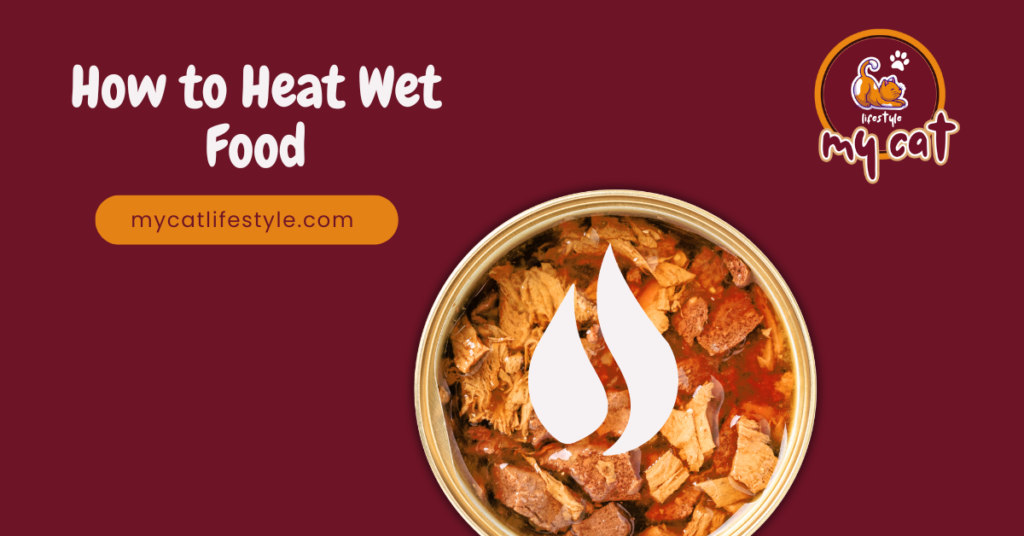
When it comes to warming up your cat’s wet food, it’s essential to do so safely and effectively. Here are some methods you can use:
Hot Water Bath
Place the wet food container on a saucer or in a water-tight container and immerse it in a bowl of hot water. This gentle heating method gradually warms the food without compromising its nutritional value.
Add Hot Water
Another option is to add a small amount of hot water directly to the food. Not only does this provide additional hydration, but it also helps to warm up the meal. Ensure you mix the food thoroughly and check the temperature before serving to prevent any burns.
Room Temperature
If time permits, allowing the food to sit at room temperature for a short while can also help take the chill off. However, be mindful not to leave wet food out for more than four hours to avoid bacterial contamination.
Avoiding the Need for Heating

If the prospect of heating your cat’s food seems like too much of a hassle, there are alternative approaches you can consider:
Individual Serving Sizes
Opt for single-serving pouches or cans designed for convenience. These pre-portioned meals eliminate the need for refrigeration until opened, simplifying mealtime preparation.
Dry Food
While some cats may prefer wet food, others are perfectly content with dry kibble. Dry food typically doesn’t require heating, but if you or your cat prefer it warm, you can moisten it with a bit of warm water or broth.
Is Warm or Cold Food Healthier for Cats?
Ensuring your cat receives a nutritious diet is paramount, and temperature can indeed impact their mealtime experience. While some cats may readily accept cold food, others may prefer it warm. As long as your cat is consuming their food without any digestive issues, either temperature is generally acceptable.
Warm food aligns more closely with what cats would encounter in the wild, making it easier for their digestive system to process. However, heating food in the microwave is not the healthiest option due to potential nutrient loss and alterations in fat composition.
Ideally, serving food at room temperature or slightly warmed is the healthiest approach for your feline companion, avoiding the use of microwaves altogether.
Should I Warm Up My Cat’s Wet Food?
The decision to warm up your cat’s wet food ultimately depends on both your preferences and those of your feline friend. While warm food tends to be more appealing to cats and may aid in digestion, some cats may actually prefer their meals served cold.
What if My Cat Likes Cold Food?
It’s not uncommon for some cats to show a preference for cold food. If your cat falls into this category and readily consumes their meals without any signs of aversion, there’s no need to heat it up. Cats, like humans, can have varied tastes and preferences when it comes to their food.
Digestive Issues
One potential concern with serving cold food to cats is the possibility of digestive upset, leading to vomiting. The feline digestive system is optimized for processing warm food, and consuming cold meals can sometimes irritate the stomach, triggering a vomiting reflex. While this is a natural defense mechanism to expel potentially harmful substances, in the case of cold food, it’s more of an overreaction.
Food Storage
Proper storage of your cat’s food is essential to maintain its freshness and nutritional integrity:
- Dry food should be stored in a dry, moderate-temperature environment, ideally between 50-80 degrees Fahrenheit. Avoid extremes of heat or cold, as they can impact the nutritional value of the food. Additionally, discard any dry food that has been left out for longer than 24 hours to prevent oxidation of fats.
- Wet food, once opened, should not be left out for more than 4 hours at room temperature. Beyond this timeframe, there’s a risk of bacterial growth. Any uneaten portion should be promptly refrigerated, covered with plastic wrap or a pet food can lid, and discarded if not consumed within 4 hours of serving.
By adhering to proper food storage practices, you can ensure that your cat’s meals remain safe and nutritious for their consumption.
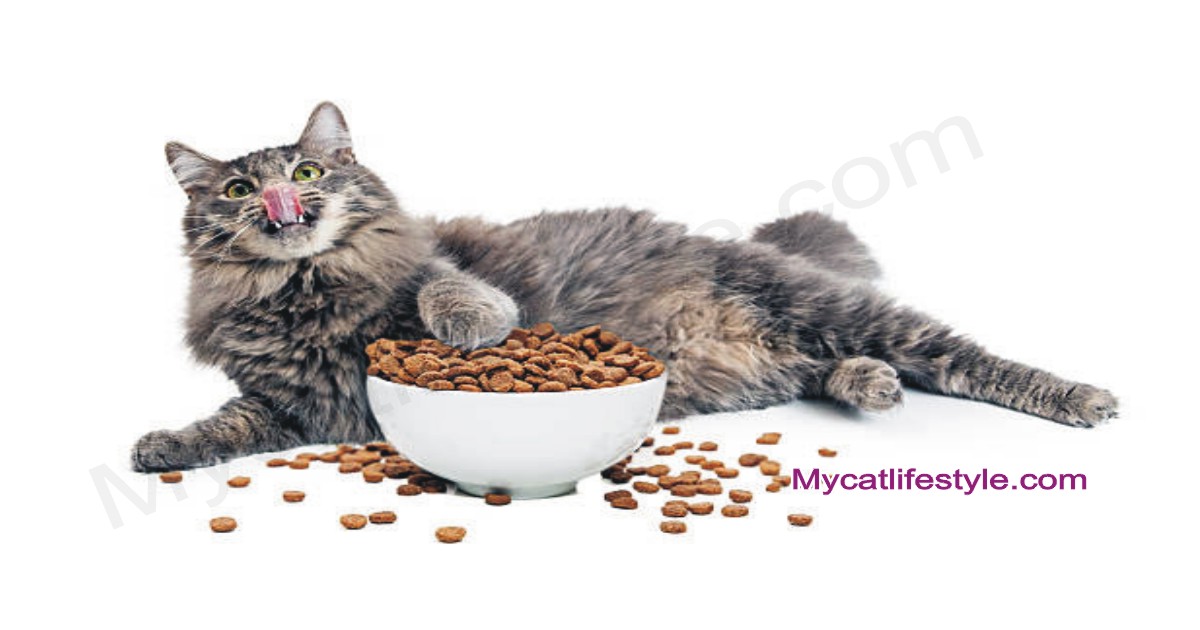
Can Cold Food Make Cats Sick?
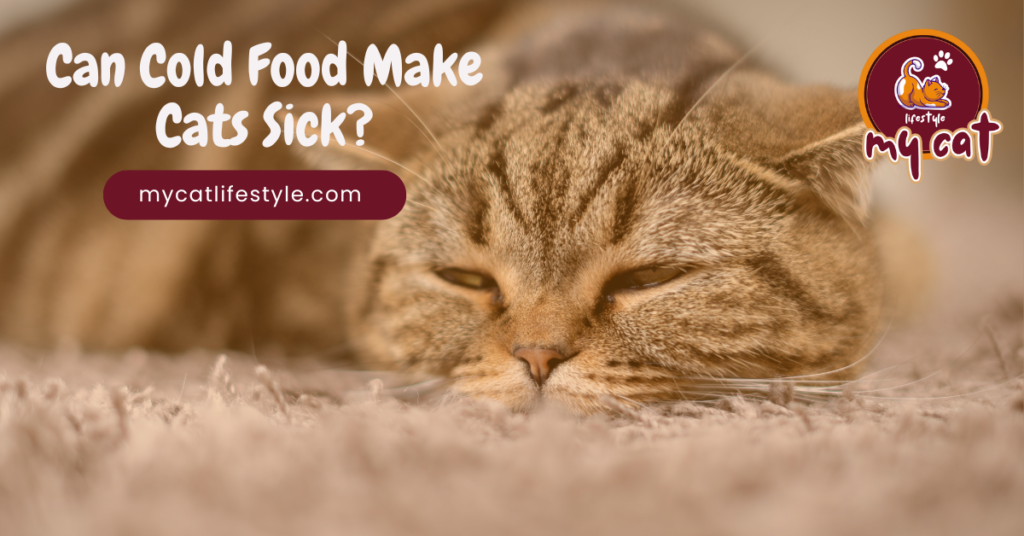
Cold food itself is unlikely to cause illness in cats. However, it may lead to stomach irritation and subsequent vomiting, although this does not indicate actual illness in cats.
Cat Not Eating
A more significant concern related to feeding your cat is when they refuse to eat or are unable to keep food down. This can be distressing for pet owners, as cats not eating can signal underlying health issues.
Unlike humans and dogs, whose bodies can sustain them for a few days without food by utilizing fat stores, cats are not equipped for prolonged periods of fasting. When cats go without food, their bodies rapidly metabolize fat, potentially overwhelming the liver and leading to liver failure, which can be fatal.
Getting Your Cat to Eat
If your cat is reluctant to eat, there are several strategies you can try:
Warming Food
Many cats prefer warm food, so heating their meal may entice them to eat. Conversely, some cats may prefer their food cold, so experimentation may be necessary to determine their preference.
Try Different Food
If warming the food doesn’t stimulate your cat’s appetite, consider offering different types or flavors of food. Switching between dry and wet food or trying various flavors may pique their interest.
Use Toppers
Toppers can add flavor and nutritional value to your cat’s meal, encouraging them to eat. Store-bought toppers or homemade options like fish oil (in moderation) or chicken/beef broth (without added salt, onions, or garlic) can be appealing to cats.
Consult Your Veterinarian
If your cat continues to refuse food despite your efforts, it’s essential to consult your veterinarian. Persistent loss of appetite could indicate an underlying health issue that requires medical attention.
By employing these strategies and closely monitoring your cat’s behavior, you can help ensure they receive the nutrition they need to maintain their health and well-being.
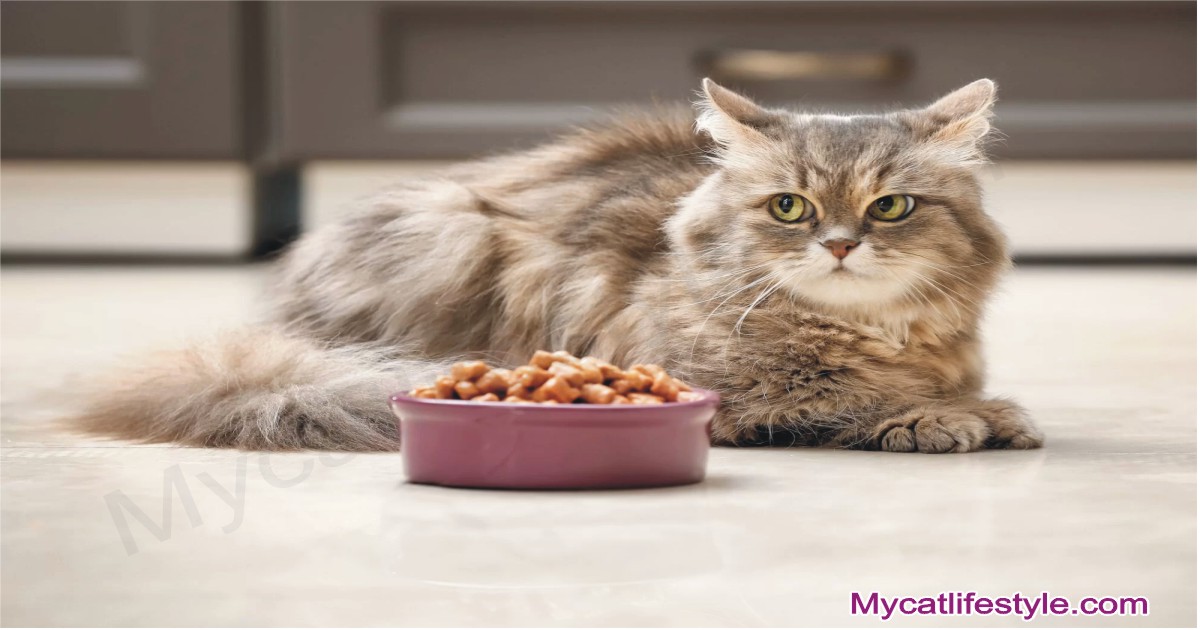
FAQs: Cat Food Temperature
Is it OK to give cats cold food?
Generally, it’s safe to give cats cold food. However, some cats may prefer their meals warmed up, while others may not mind the temperature. It’s essential to monitor your cat’s reaction and ensure they eat without experiencing any digestive issues.
Should I warm my cat’s food?
Warming your cat’s food can make it more appealing to some cats, as it enhances its aroma and taste. However, whether you should warm the food depends on your cat’s preferences. If your cat enjoys warm meals, heating their food slightly can encourage them to eat.
Do cats dislike warm food?
While every cat is unique, many cats actually prefer warm food. This preference can be attributed to their instincts, as they associate warmth with freshly caught prey. However, some cats may not have a preference and will eat their food regardless of its temperature.
Why do cats not like cold food?
Cats’ natural instincts drive them to seek out warm food, as this mimics the temperature of freshly caught prey in the wild. Additionally, cold food may have a diminished aroma and taste, which can be less appealing to cats with sensitive senses. However, individual preferences can vary among cats.
Conclusion
In conclusion, the question of whether cats prefer their food warm or cold ultimately boils down to individual preferences. While some cats may show a preference for warm food due to instinctual behaviors and heightened senses, others may exhibit a liking for cold meals. Understanding and accommodating your cat’s preferences can contribute to their overall satisfaction and well-being at mealtime.
Whether it’s by warming up their food to enhance its aroma and appeal or offering it cold to cater to their specific tastes, ensuring that your feline companion receives a diet they enjoy is essential for their health and happiness. Ultimately, observing your cat’s reactions and adjusting their feeding routine accordingly can help strike the perfect balance between their dietary preferences and nutritional needs.
